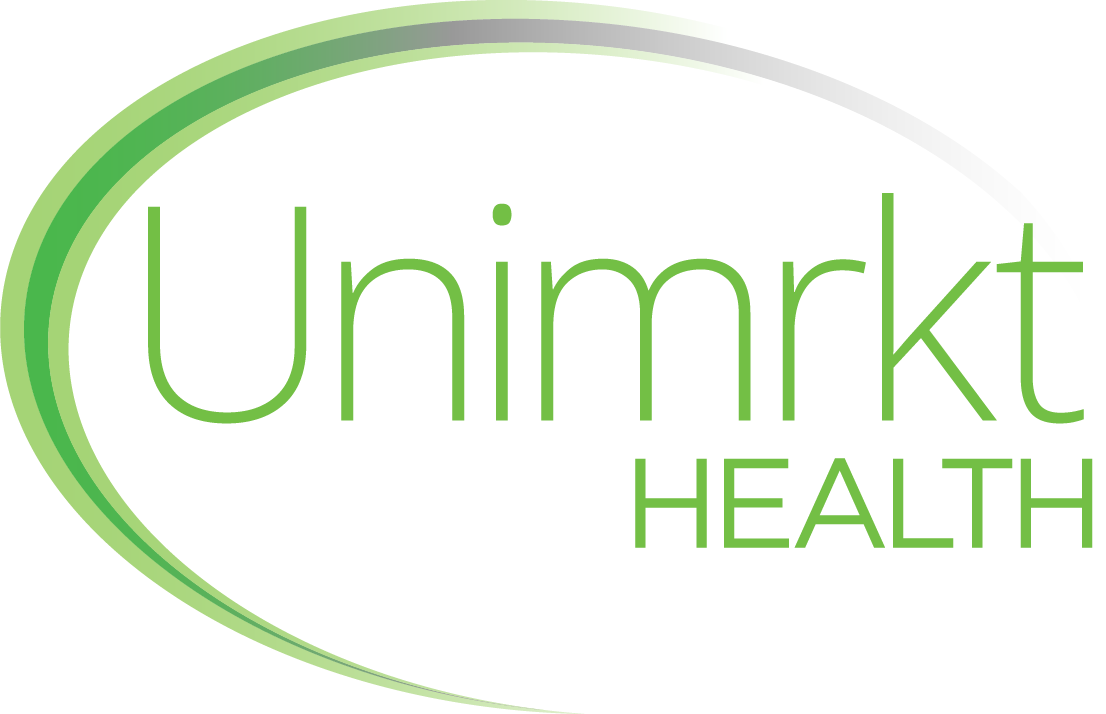5 Tips to Identify Your Target Audience in the Healthcare Market
- Unimrkt Healthcare » Blog » 5 Tips to Identify Your Target Audience in the Healthcare Market
Identifying your target audience is not just important—it’s essential when it comes to the highly specialized healthcare market. Whether you’re a healthcare startup, an established clinic, a pharmaceutical company, or a healthcare payer, directing your marketing efforts to the right audience is crucial for success. No matter the number of healthcare industry market research projects you invest in, without a clear understanding of who your audience is, your resources may be wasted, and chances of success may be dramatically reduced. Fortunately, healthcare market research services are designed to help decision-makers, such as dentists, surgeons, and pharmaceutical companies, identify and reach the right audience. In this blog, we’ll explore five tips to help you effectively identify your target audience in the healthcare market.
1. Know Your Product Inside and Out
Before you can target the right audience, you need to understand your product or service thoroughly. What are the unique properties, features, and benefits of your offering? Understanding the unique selling propositions (USPs) and limitations will guide you toward the audience that will find your product most valuable. For example, if your product addresses medical conditions such as chronic illnesses, your target audience could include people managing long-term conditions, caregivers, or healthcare providers specializing in such conditions. Knowing your product’s pros and cons will make it easier to identify the appropriate audience who will benefit most from your healthcare solution.
2. Investigate Pricing Factors
Pricing in healthcare is a unique challenge and is often determined by more than just patients’ income levels. For core healthcare products and services, the type of healthcare facility, its funding capabilities, and government regulations and levies play a pivotal role. Healthcare products and services with a wider benefit profile often attract government intervention to regulate prices and ensure they remain accessible to all patients, regardless of income.
The funding capacity of a healthcare facility directly impacts the types of services it can offer, the patient groups it can afford to serve, and the pricing strategies it needs to adopt to expand business operations in new markets.
3. Study Your Existing Customer Base
For established healthcare businesses, a great way to identify your target audience is to analyze your current customers. Conducting a survey of your existing customer base through healthcare brand research or patient market research can provide valuable insights into their demographics, preferences, and behaviors. You can use interviews (via phone, email, in-person), online surveys, or feedback from patient apps to gather information. This will help you understand the common characteristics of your existing clients—age, location, and preferences—which can guide you in identifying similar potential customers.
4. Identify Key Reference Groups
Your target audience isn’t limited to just those who directly purchase your product or service. Consider the groups that influence purchasing decisions. These are your reference groups, which could include doctors for healthcare products, fitness trainers for gym equipment, or veterinarians for pet care products. Understanding these reference groups and their influence on the buying decision through market research in healthcare will help expand your reach and provide new opportunities for targeting. Influencers in these groups can often provide valuable endorsements that drive sales.
5. Observe Your Competitors
Competitive analysis is an effective way to identify your target audience. By studying your competitors’ sales, marketing strategies, and customer engagement tactics, you can gain insights into which audience segments they are targeting and identify gaps in their approach. Learning from their mistakes and successes will help you refine your strategy and better position your product in the market. Observing competitors also allows you to spot trends and tailor your offerings to meet unaddressed needs within the target audience.
Refine and Segment Your Audience
Once you’ve gathered insights from the above steps, it’s time to refine your target audience. Don’t settle for broad demographics; drill down to create more specific subgroups. By analyzing these subgroups for responsiveness, accessibility, and purchasing power, you can create detailed buyer personas. This will help you understand how your audience interacts with your product, and you can tailor your marketing messages accordingly. Hyper-personalization—using detailed data to fine-tune marketing strategies—can work wonders in capturing the attention of specific audience segments.
Consult Today
By following these tips, you’ll gain critical insights into the demographics, psychographics, geography, and social status of the audience groups that currently engage or could engage with your product. This information will help position your product or service more effectively and improve your marketing outcomes. If you’re looking to take your target audience research to the next level, healthcare market research services are an invaluable resource. For expert healthcare industry research and actionable insights, choose Unimrkt Healthcare, a leader in healthcare market research. Call us today at +91-124-424-5210 or +91-9870-377-557, or email sales@unimrkthealth.com. You can also fill out our contact form, and our representatives will get back to you promptly.
Recent Posts
- From Concept to Market: Using Research to Ensure Animal Health Product Acceptance
- Leveraging Primary Market Research to Drive Pharma Brand Repositioning
- Precision Insights for Precision Medicine: Market Research to Drive Personalized Healthcare
- The Sales Head: Conducting Research with Star KOLs in the Pharmaceutical Industry
- Business Research Methodologies in Healthcare: 7 Desk-Based Approaches That Work
Archives
- November 2025
- October 2025
- September 2025
- August 2025
- July 2025
- June 2025
- May 2025
- April 2025
- March 2025
- February 2025
- January 2025
- December 2024
- November 2024
- October 2024
- September 2024
- August 2024
- July 2024
- June 2024
- May 2024
- April 2024
- March 2024
- February 2024
- January 2024
- December 2023
- November 2023
- October 2023
- September 2023
- August 2023
- July 2023
- June 2023
- May 2023
- April 2023
- March 2023
- February 2023
- January 2023
- December 2022
- November 2022
- October 2022
- September 2022
- August 2022
- July 2022
- June 2022
- May 2022
Quick Enquiry
Customer Service, We Make it Better
Related Posts:
Let's Connect
Please, fill in the form to get in touch!



